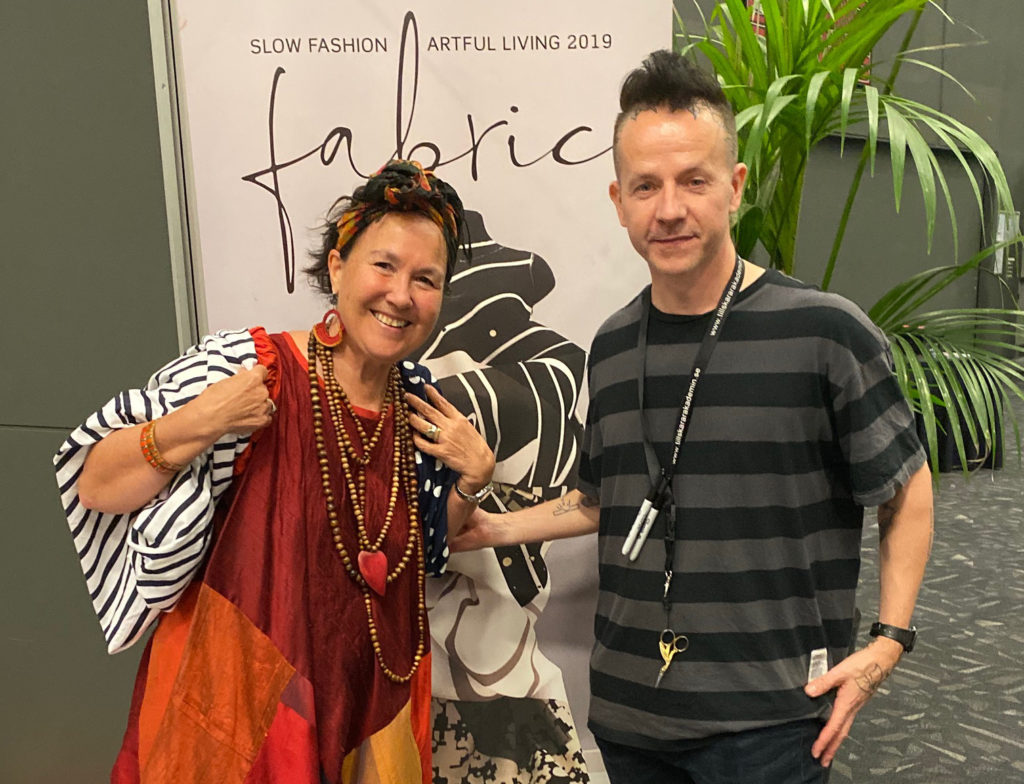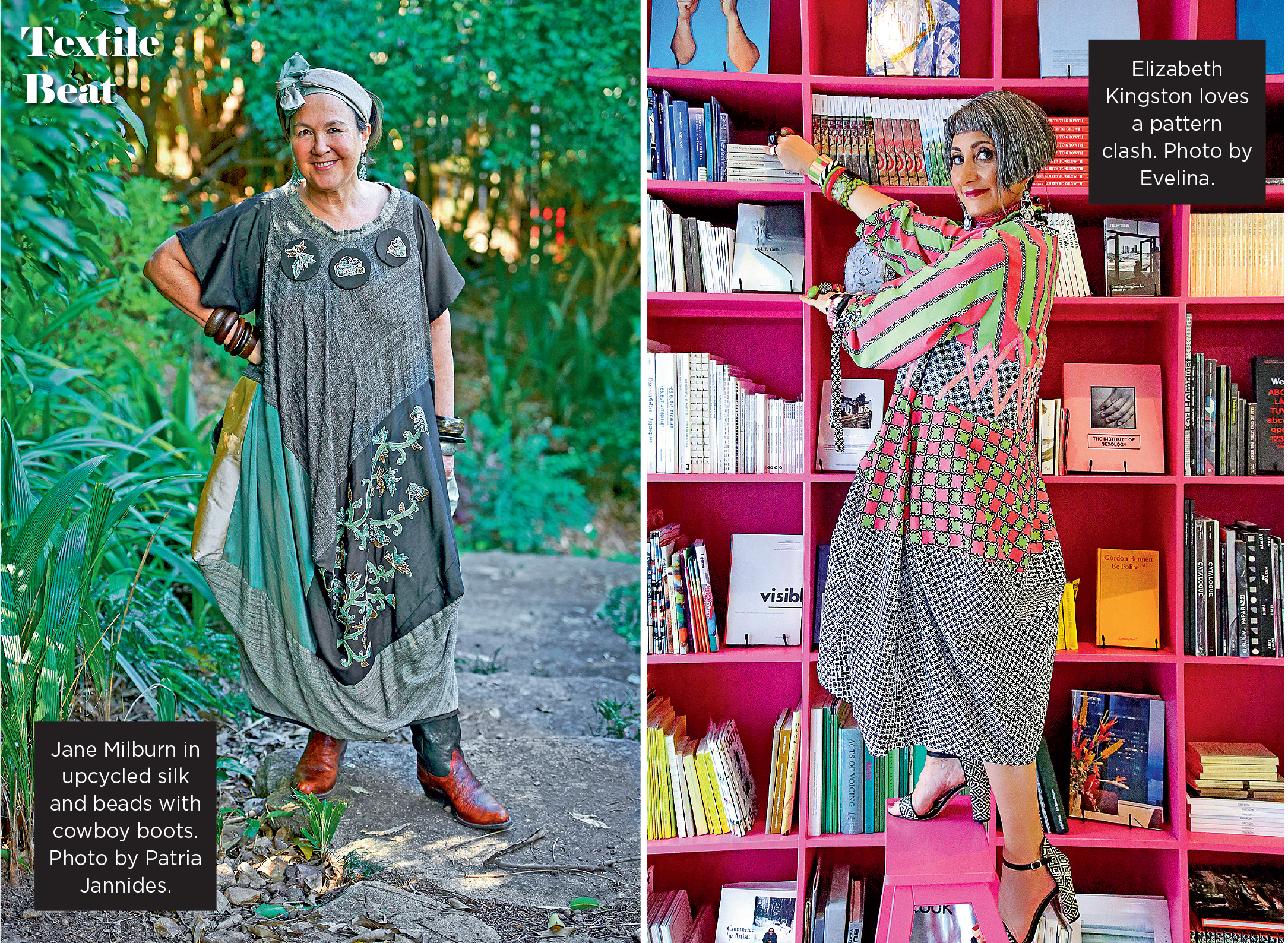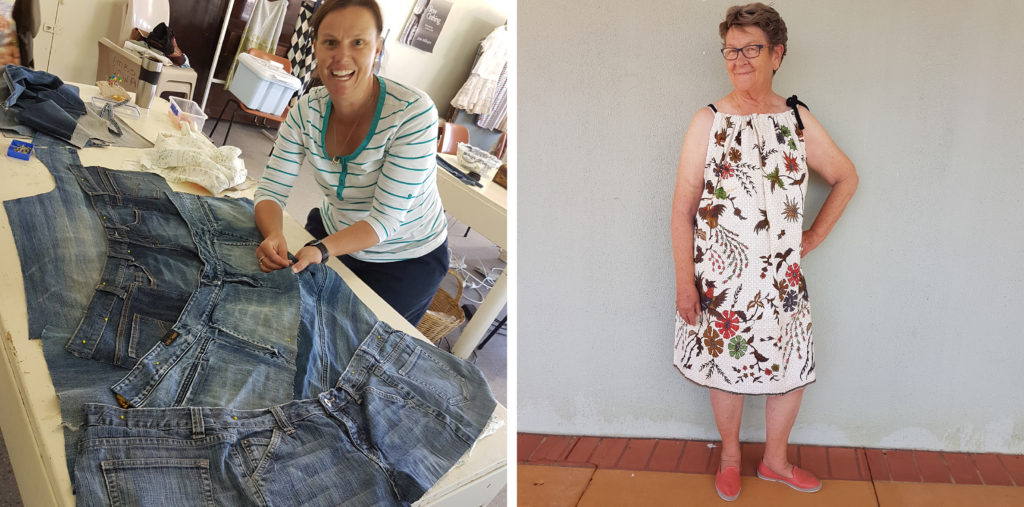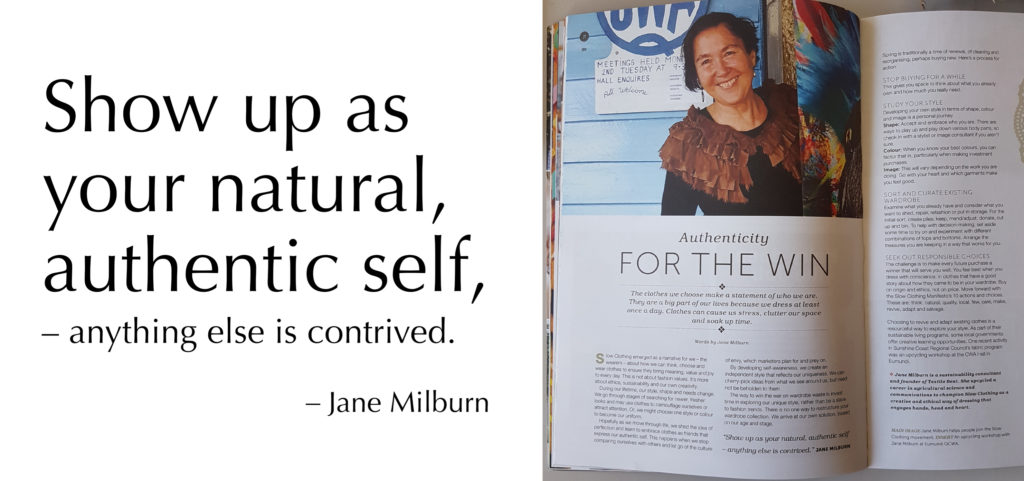By Jane Milburn *
Sowing or sewing? If you are a gardener or a sewist, you reap what you sow or sew. While there are many gardeners among us growing some food, there are fewer sewists making their own clothes.
In the same way many are sowing seeds to yield nutritious home-grown, local, natural food, it is time to invest energy in sewing local natural clothes.
With global supply chains pumping out 80 billion garments each year, most people have lost sight of where and how things are made, and what from. Slavery combined with increasing use of synthetic/plastic fibres, has led many to buy two to four times what we used to, resulting in waste and pollution, and a loss of skills and knowledge about clothes.
Over the past two decades, globalisation and production efficiencies have meant it is cheaper to buy clothes than make them. We’ve got used to affordable, ever-changing styles. Shopping is addictive and we’re encouraged to buy quantity over quality for the good of the economy. It is only when we stop and think about why clothes are so cheap that we come to understand they are not properly costed, that exploitation of people and resources exists in the system.
Each of us influences the future of the fashion industry through our buying choices. Surely the beginning of a new decade is a great time to turn over a new leaf. Let’s think about fewer clothes of better quality that we wear for longer.

Author Jane Milburn with Julian Roberts from Royal College of Art London at the Fabric subtraction-cutting workshop held at the University of the Sunshine Coast.
Continue Reading →



